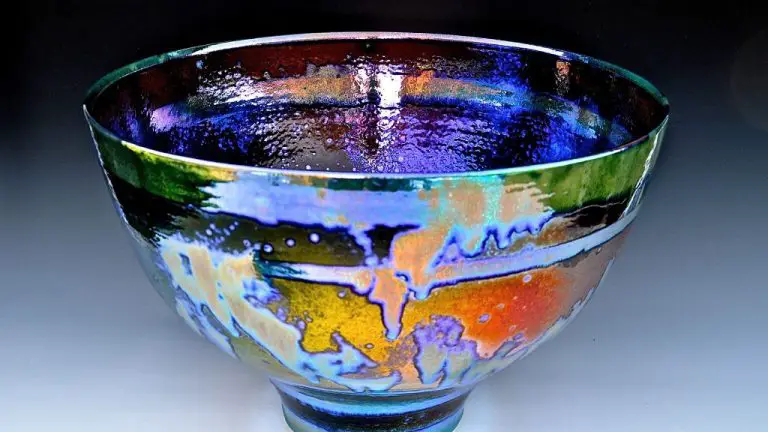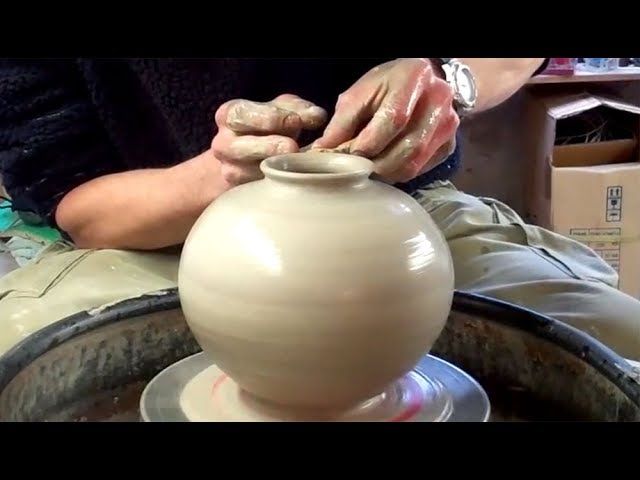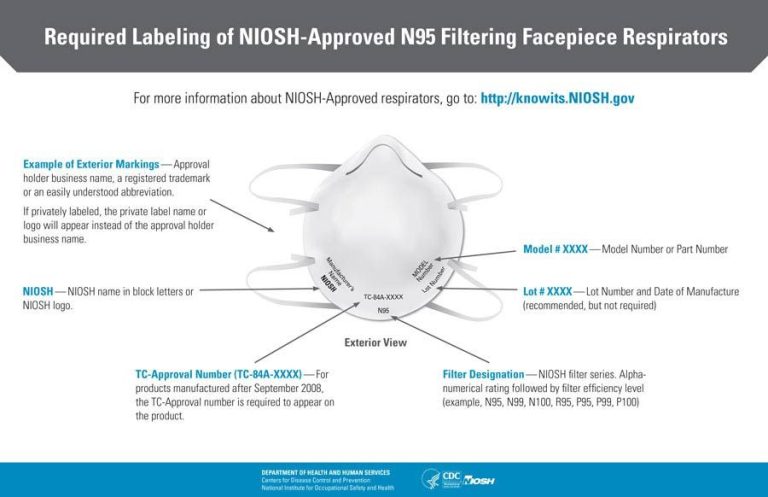What Colors Make Peach In Clay?
Peach clay is a ceramic clay body that has been tinted to achieve a peach color through the addition of specific pigments and minerals. Peach is a soft, pale tone of orange that can lean towards more pinkish or yellowish hues. When peach clay is fired, it retains its soft peachy coloring.
Peach is a popular color choice for ceramicists looking to make ceramic pieces with a warm, natural look. From mugs to vases to sculptural works, peach clay allows artists to create pieces that look handcrafted and earthy.
This article will explore the basics of mixing and working with peach colored clay. We will look at what primary colors can be blended to create peach tones in clay and the ratios of pigments and minerals needed. Tips for firing peach clay and various clay body recipes for achieving a peach color will also be provided.
The Color Peach
Peach is a pale pinkish-yellow color that is named after the fruit of the peach tree. It evokes feelings of warmth, nostalgia, and happiness. The soft, muted tone of peach makes it a soothing and romantic color.
In color psychology, peach represents gentleness, modesty, sincerity, and appreciation. It is often described as a feminine and romantic color associated with spring. Peach evokes a sense of innocence and youthfulness. It’s sometimes seen as sweet, delicate, or innocent.
Peach is often used in interiors to create a welcoming, relaxed atmosphere. It brings a fresh, bright feeling to a space. Peach is versatile enough to work in traditional or modern decor. In fashion, peach flatters most skin tones and is a popular color for bridal gowns and bridesmaid dresses.
Overall, the color peach elicits feelings of joy, affection, and comfort. Its soft, warm glow makes it an uplifting shade that conveys happiness and contentment.
Primary Colors that Make Peach
When mixing colors to achieve a peach hue in clay, the three primary colors to focus on are red, yellow, and orange. Adding just the right amounts of these colors into a clay body results in a rich, vibrant peach tone.
Red clay provides warmth and intensity to peach. A touch of red enlivens the color. Too much red, however, can make the clay lean too orange or even brown. The amount of red clay needed will depend on how orange or pink you want the final peach color to be.
Yellow clay brings vibrance and lightness to peach. Yellow makes the peach more saturated. Adding too much yellow, however, can make the final color too bright or lemon-like. The amount of yellow to add depends on how muted or bright you want the final peach to be.
Orange is closely related to peach and brings closeness to the actual peach color. Orange clay most directly influences the peachness of the final mixed color. However, too much orange may make the clay too similar to a pastel orange. The amount of orange clay should be carefully balanced with the red and yellow.
In summary, red, yellow and orange are the three key colors that make peach in clay. Balancing the proportions of these three primary colors is essential for achieving the perfect peach hue.
Exact Ratio for Peach Color
When mixing colors to achieve a peach hue in clay, the exact ratio of primary colors is crucial. Peach is created by blending red, yellow and white clay in specific proportions.
A common recipe is:
- 60% red clay
- 20% yellow clay
- 20% white clay
This ratio produces a vibrant peach tone. The higher percentage of red clay gives peach its orange undertone. Meanwhile, the yellow clay adds brightness and the white clay lightens the hue.
Slightly adjusting the percentages results in different shades of peach:
- More yellow creates a brighter, sherbet peach.
- More white makes a pale, pastel peach.
- More red gives a deeper, coral peach.
When mixing clay, it’s best to start with small batches using measured ratios. Test the color and adjust if needed. This ensures you achieve the perfect peach for your project.
Adding White to Deepen Peach
One way to alter the saturation of a peach clay color is by adding white. Adding white to peach will create a softer, more muted version of the original vibrant peach tone. The white mixes with the vivid orange and red undertones of peach, making the color less bright.
When painting with peach clay, adding a touch of white can be used to create lighter peach accents and highlights on a piece. Blending white into peach clay creates a natural gradient from the original saturated color to a softer peach. Too much white, however, can make peach start to look beige or tan instead.
For mixing clay, add white in small increments when deepening peach. Start with a 1:4 ratio of white to peach. Test the color and continue adding white a little at a time until you achieve the muted peach tone desired. The more white blended in, the more subtle and less intense the peach becomes.
White is very useful for fine-tuning the vibrancy of peach clay for any project. Use white to soften peach and coordinate shades for interesting effects. Just take care not to add so much white that the peach is no longer recognizable.
One way to add visual interest and depth to peach colored clay is by tinting it with complementary colors. This allows you to create a spectrum of peachy hues beyond just a flat, pure peach. Some of the most popular options for tinting peach clay include shades of pink, coral, and beige.
Tinting with Other Colors
Adding a small amount of pink clay to a peach base is a great way to create a warm, delicate shade. Pink has red undertones that enhance the orangey quality of peach. You only need to add a tiny bit – around 5% pink clay – to noticeably shift the tone. Too much pink will overwhelm the peach and give you more of a pastel pink shade instead.
Coral clay blends exceptionally well with peach to produce vivid sunset-inspired hues. Coral has a distinctly orange cast, allowing you to intensify the orange notes in peach clay. About 10-15% coral clay added to a peach base produces a tropical peachy-orange color. Going above 20% coral will make the clay shade appear more orange than peach.
Adding a natural beige clay gives peach a subtle, earthy feel. Beige is a neutral tone that helps soften and mute the brightness of peach. Mix in around 10-20% beige to get a dusty, vintage peach look. Too much beige will desaturate the color excessively, resulting in more of a flesh tone rather than peach.
By blending peach clay with small amounts of complementary pinks, corals, or beiges, you can achieve an array of peachy shades perfect for pottery, sculpture, and more. Just be careful not to overdo it with the tinting clay or you may lose that delightful peachiness.
Painting Techniques for Peach
When painting with peach clay, there are a few techniques that can help create a soft, blended look:
Blending
Blending is key for achieving a gradual transition between peach tones. After applying the first coat of peach glaze or paint, use a damp brush to softly blend the edges before it dries. Go back and forth between layers to create a seamless blend.
Glazing
Applying transparent peach glazes in multiple thin layers is another great approach. Let each layer dry fully before adding the next. The translucency of glazes allows the layers to smoothly merge together. Build up depth gradually.
Sponging
Using a natural sponge, dab on layers of peach paint or glaze. Apply lighter colors first, then add darker peach tones on top. The irregular absorption of the sponge creates a mottled, organic look. Sponging adds texture and visual interest to peach surfaces.
With a combination of blending, glazing, and sponging, you can achieve beautiful, multidimensional peach finishes on clay.
Firing Peach Clay
Properly firing clay is crucial for achieving the desired peach color in finished ceramic pieces. When firing peach colored clay, it’s important to fire to the optimal temperature range. Firing too low can result in the peach colors appearing muted, while firing too high can cause them to darken or scorch.
For peach colored earthenware clays, aim for a firing temperature between 1,800-2,000°F (982-1093°C). For stoneware clays, fire between 2,200-2,300°F (1204-1260°C). Make sure the kiln has reached the target temperature and the pieces are fired long enough for the clay to fully mature.
These mid-range temperatures will allow the peach colors to develop fully while avoiding any scorching or darkening of the tones. The peach shades will appear bright and vivid when fired to the proper temperature.
It’s also important to fire with enough oxygen present in the kiln. Reducing atmospheres can cause peach colors to grey or darken. An oxidizing atmosphere is best for maintaining the true peach tones.
Pay close attention during the firing process. Look for signs of under-firing such as Off-gassing, cracks or weak glaze. Over-firing may cause bloating, scorching, or excessive glaze melting. Taking notes each firing will help perfect the ideal time and temperature for your clay and glazes.
Following the manufacturer’s recommended firing range for the specific clay body is a good starting point. Further test tiles can dial in the optimal firing profile. With careful firing, your peach colored clay creations will exhibit the perfect peach hues.
Peach Clay Recipes
When mixing peach colored clay, having sample recipes with specific color ratios is very helpful. Here are a few recipes to try:
Soft Peach
This recipe produces a soft, pale peach shade:
- 2 parts white clay
- 1 part yellow clay
- Tiny pinch of red clay
Mix together thoroughly and add more red clay as needed to reach the desired peach tone.
Vibrant Peach
For a brighter, more vibrant peach:
- 1 part white clay
- 1 part yellow clay
- 1/4 part red clay
Mix completely and add more yellow clay if you want a stronger orange peach color.
Deep Peach
To make a deeper, darker peach shade try:
- 2 parts red clay
- 1 part yellow clay
- 1/4 part black clay
Blend thoroughly and add white clay in small amounts to lighten as desired.
Following sample color recipes takes the guesswork out of mixing that perfect peach clay. Adjust the ratios as needed to obtain your preferred peach tone.
Tips for Mixing Peach Clay
Getting a consistent, vibrant peach color when mixing clay can be tricky. Here are some tips to help:
Start with a pure white clay base. Impurities in the clay can dull the vibrancy of the peach hue.
Use highly pigmented ceramic stains rather than natural earth pigments. Stains will provide a more saturated color.
Mix in small amounts of stain and test the color before adding more. It’s easy to add too much pigment.
Use a ratio of approximately 4 parts white clay to 1 part red ceramic stain and 1 part yellow ceramic stain. Adjust amounts as needed.
Knead the clay thoroughly after adding stains to disperse color evenly and avoid streaking.
Allow test tiles to fully dry and fire a sample piece before mixing large batches. The color may shift slightly during firing.
Store mixed peach clay in an airtight container to prevent drying out. Rewet with water or clay medium as needed.
Remix before using if peach clay has been stored for an extended period of time.




